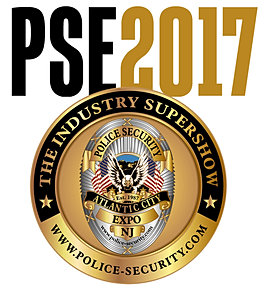With more than 14,000 police professionals, over 200
workshops, and more than 600 exhibitors, IACP offers a once-a-year opportunity
to network, learn, and explore the world of enforcement.
Traffic Logix will be exhibiting in booth 1017, showcasing our
state-of-the-art solutions for safer roads.
 Our speed trailers, variable message signs, and rotating speed messaging signs are used by police departments across the world.
Our speed trailers, variable message signs, and rotating speed messaging signs are used by police departments across the world.
With
real-time, highly-accurate speed display, flashing warnings, and changeable
messages, we have what you need to stop speeders and protect your streets.
Explore our solutions, choose from over 200 workshops, and
visit over 600 booths.
This is an event you don’t want to miss.





.jpg)









_130x36.png)












.png)


.png)
_22x22.png)